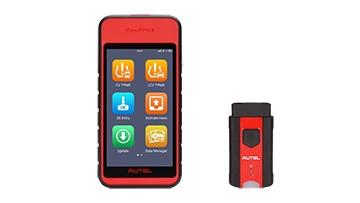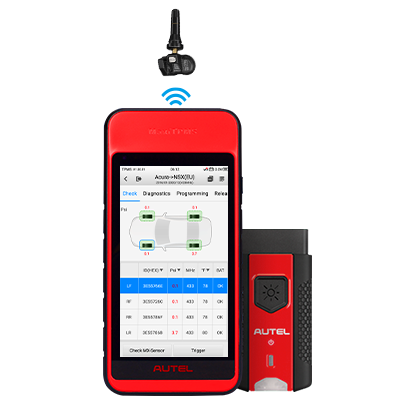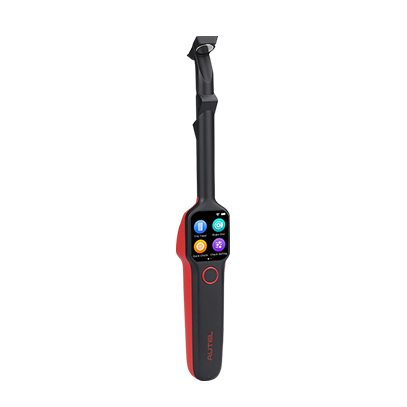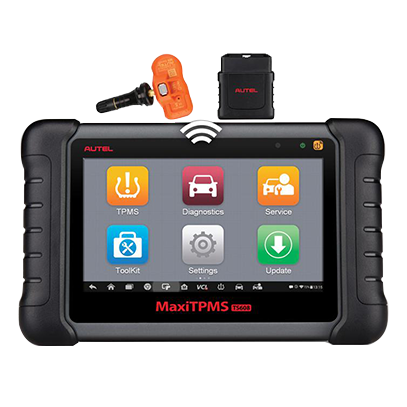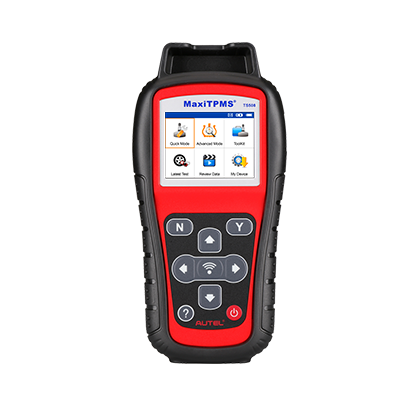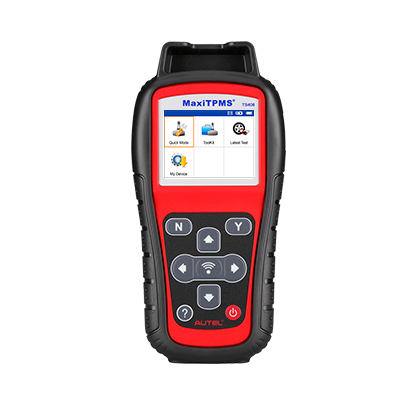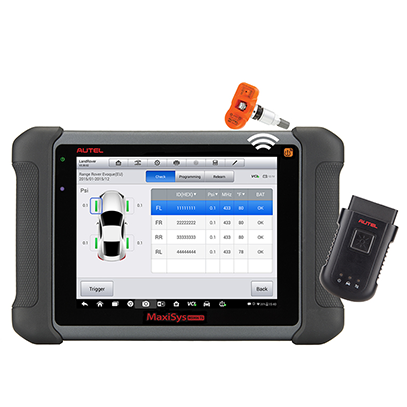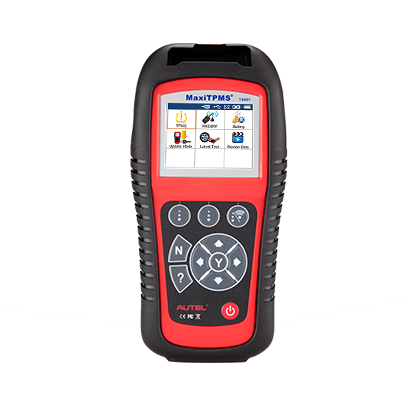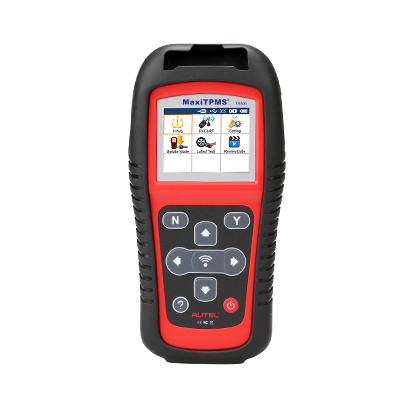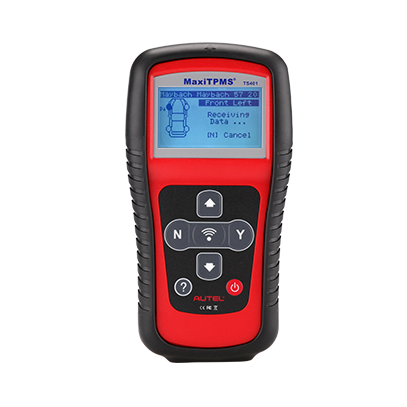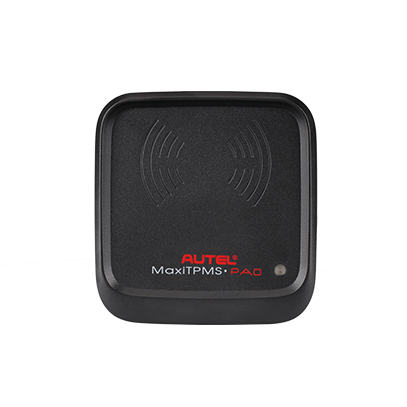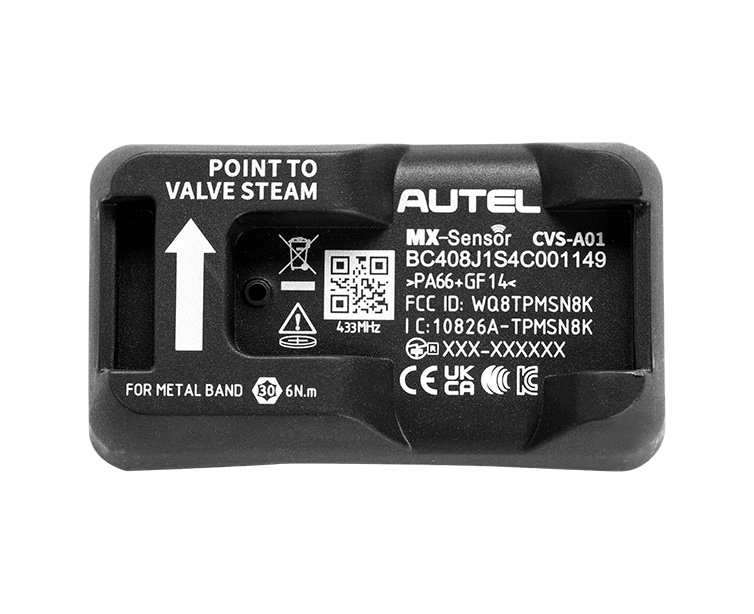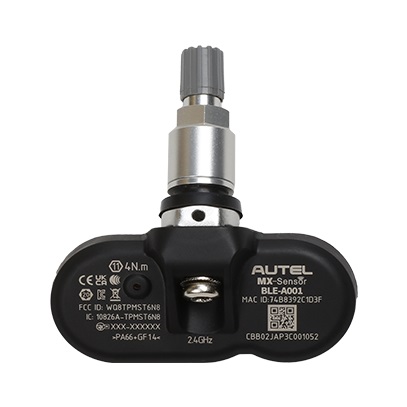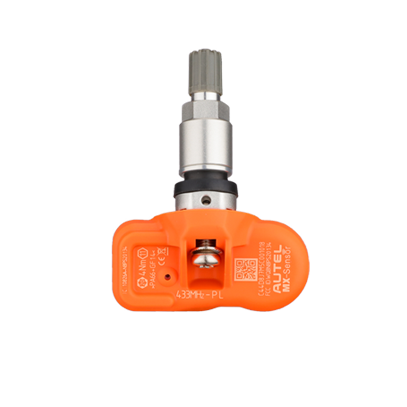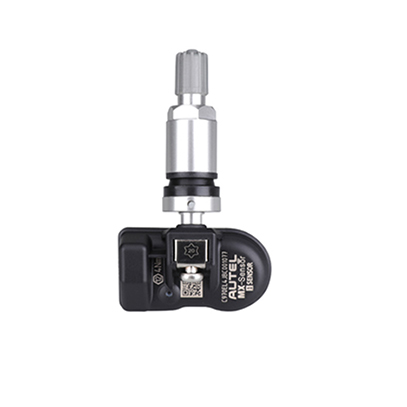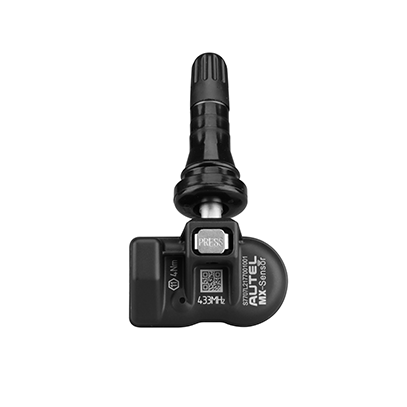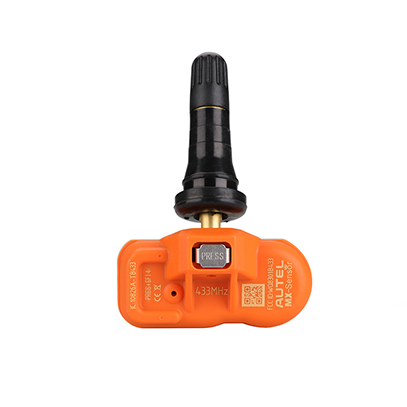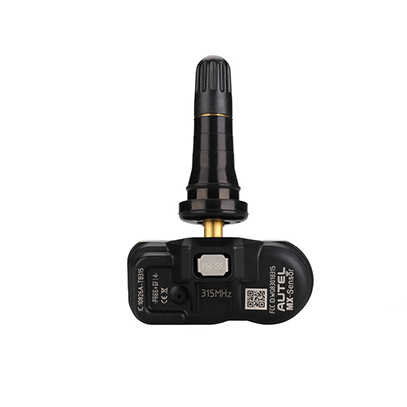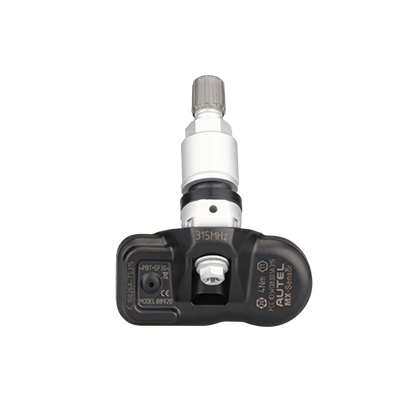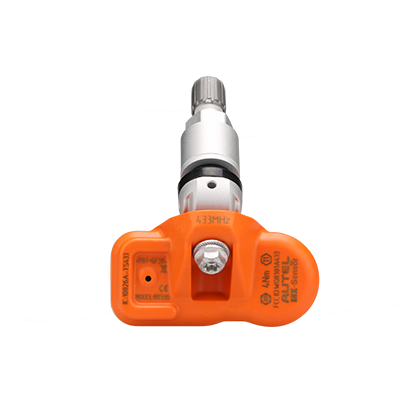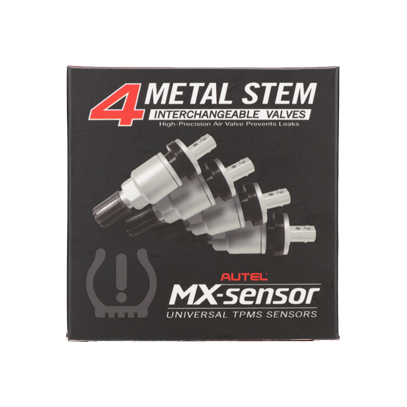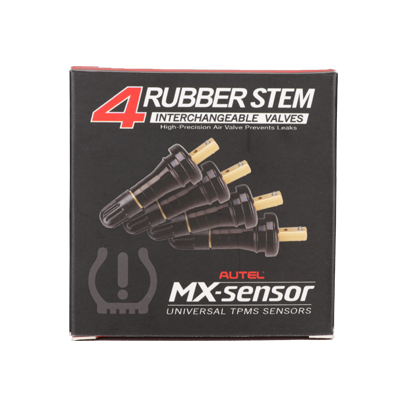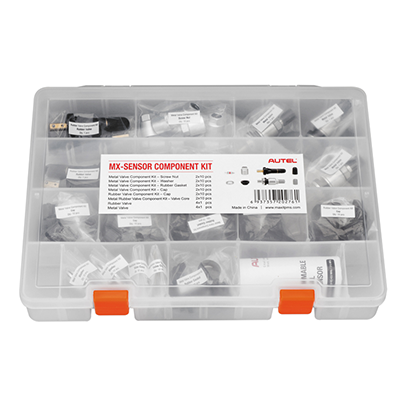SUPPORT
FAQs
-
Why and when would a technician want to alter the tire pressure threshold value?
A technician might have to reset the threshold value if the value had been accidently altered or if new tires with lower recommended air pressure than the previous tires have been installed. Failure to set to the new threshold value to the vehicle’s TPMS module will prompt the vehicle TPMS malfunction light to display as the system is reading low pressure.
-
How to use Autel TPMS tools to change the tire pressure placard value
1. The TS608, TS508 and TS601 can reset tire pressure threshold. However, the ability to perform this function is dependent on the vehicle. Not all vehicles support this function.
2. Brief instructions follow to perform threshold change with each TPMS tools
• TS508: Select Advanced Mode, and then select vehicle make/model and year. The Tire Type/Pressure Selection function will display if compatible with the vehicle. Select this function and follow the on-screen instructions to alter threshold value.
• TS601: Select vehicle make/model and year. Select Diagnostics. The Tire Type/Pressure Selection function will display if compatible with the vehicle. Select this function and follow the on-screen instructions to alter threshold value.
• TS608: Select vehicle make/model and year. Select Diagnostics tab. The Tire Type/Pressure Selection function will display if compatible with the vehicle. Select this function and follow the on-screen instructions to alter threshold value.
-
Problems & Solutions: Software version
Problem description:
The vehicle coverage chart on the website lists that the tool is compatible with my vehicle, but I don’t see it on the tool.
Solution:
Ensure that your tool has the latest software. If you are unsure how to update your tool, visit the support pages of our TPMS website, www.maxitpms.com
-
Problems & Solutions: Indirect TPMS
Problem One:
The Autel tool does not read tire pressure information on my vehicle.
Solution:
Ensure that your vehicle employs a direct system with sensors to monitor tire pressure. If you are unable to verify if your vehicle uses a direct or indirect system, dismount tire, squeeze or separate its outer tube to see if a sensor is attached to the valve stem. Indirect systems do not use sensors on the wheels to measure tire pressure, but rather typically use the antilock braking system (ABS) speed sensors to calculate pressure.
Problem description 2:
I cannot establish communication between my TS601 tool and vehicle via the OBD port.
Solution:
If the vehicle uses an Indirect Tire Pressure Monitoring System, the TS601 will not be able to communicate with the vehicle via the OBD port. If available, use one of Autel’s fully bi-directional diagnostic tool such as the MS906 or MS906TS to auto scan the vehicle and confirm the vehicle has a TPMS module. The tire pressure monitoring system can also be managed by the Body Control module. If one of these modules is present, contact Autel Technical Support to ensure the tool and its associated cable is functioning correctly.
-
Problems & Solutions: Model & Year
Problem description 1:
I could not find the model year of my vehicle listed on the tool, so I selected a model year close to that of my vehicle. I programmed an Autel MX-Sensors to replace a broken sensor and attempted to activate the sensor as part of the described Relearn procedure, but I cannot relearn the sensor.
Solution:
If your vehicle model is not supported on your Autel tool, please contact support for a suitable vehicle model year, if available.
Problem description 2:
I cannot activate TPMS sensors.
Solution:
1. Ensure your tool has the latest software.
2. Ensure that the vehicle uses Direct TPMS.
3. Make sure you have selected the right model year
4. If more than one frequency type is listed for the vehicle, try both listings.
5. The sensor may be damaged or its battery dead. In either case, the sensor will need to be replaced.
6. If your vehicle’s production month is on the border of two model year listings, try both listings.
7. A vehicle manufacturer might use different sensor manufacturers on the same model during the same production time, such as in this example, BMW 2 Series (VDO) 2014/03-2016/12 433MHz and BMW 2 Series (HUF) 2014/01-2014/12 433MHz. You may need to try both listings.
Problem description 3:
I can activate sensors but cannot relearn the sensors to the vehicle.
Solution:
1. Autel’s TPMS tools display manufacturer vehicle relearn instructions. They must be followed exactly for the sensors to be relearned correctly to that vehicle.
2. Hyundai and Kia vehicles can use either high line or low line TPMS systems. Ensure you have selected the correct listing on the tool.
-
Problems & Solutions: OBD issue
Problem description:
“Not supported” or “fail to establish communication” warning messages display.
Solution:
Contact Autel Technical Support.
-
Problems & Solutions: Sensor Frequency
Problem description:
On my Autel TPMS tool, I selected the vehicle model year to activate sensors. Both 315MHz and 433MHz frequencies are available. Which option should I choose?
Solution:
Some vehicle manufacturers use both 315MHz and 433/434MHz sensors in the same model year. For example, Audi used either 315MHz or 433MHz frequency sensors on their 2005 and 2007 model year A6 vehicles. Select one frequency and attempt to activate. If the sensor fails to activate, choose the other frequency and attempt sensor activation.
-
Problems & Solutions: Sensor ID
Problem description 1:
My tool displays a warning message of “duplicated sensor ID”. I cannot complete the relearn procedure and the TPMS malfunction light remains lit.
Solution:
The same sensor might have been activated twice and therefore the tool is displaying duplicate IDs.
When activating sensors, follow the procedure displayed on the screen and activate each sensor at the wheel in the order prompted by the display.
Each Sensor on each wheel must have a unique ID. If two sensors display the same ID, you will need to replace the sensor or re-program the MX-Sensor with a unique ID.
Problem description 2:
I relearned the sensor IDs to my vehicle via the OBD relearn process, but after driving the vehicle for the time and at the speed advised in the relearn procedure, the TPMS light again displays.
Solution:
Activate the sensors and ensure they are functioning and can be read.
Problem description 3:
I programmed MX-Sensors via manual input, but after driving, the vehicle’s TPMS light displays.
Solution:
Ensure that the original sensor ID was correctly inputted.
Problem description 4:
The tires on my vehicle were rotated, and the TPMS light displays after driving. After inspecting the tires, I found that the front right tire was low, not the front left tire that the vehicle’s dashboard indicated.
Solution:
The sensors have to be relearned to the vehicle. After the tire rotation, the registered IDs and their corresponding location do not match what is registered to the vehicle’s ECU.
-
Problems & Solutions: Sensor Mounting
Problem description 1:
Sensors are properly mounted and have been successfully relearned to the vehicle. The TPMS light displays a few days later indicating “low pressure”. I activated the sensors and the tires read low pressure.
Solution:
Please double check the valve stems of all sensors to ensure there is no air leak.
Problem description 2:
Clamp-in sensors are properly mounted, but I have trouble dismounting the tires.
Solution:
The tire will leak if the washer is not securely mounted against the outer rim. Using the positioning pin, tighten the screw-nut. Do not over tighten.
-
Problems & Solutions: Tire Pressure
Problem description:
The vehicle’s TPMS light displays with the messages “please check tire pressure” and “low-pressure condition”.
Solution:
1. Ensure the tires’ air pressure is consistent with the vehicle manufacturers recommended pressure. The vehicle tire placard, located on the door jamb of the driver door, will list the recommended air pressure. Check the tires for wear and leakage. It is best to inflate tires when they are cold.
2. Inflate the tires to 10-15 kPa (1.5 to 2 Psi) above the air pressure recommended on the tire placard. Wait 15 minutes and deflate the tire to the recommended pressure. Never inflate the tire more than 30 percent of its recommended value.
It must be noted that
1) The nominal tire pressure should never exceed the full load pressure, especially vehicles with modified tires; and
2) The vehicle should never be driven with over-inflated tires.


